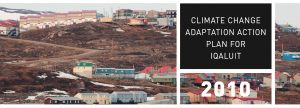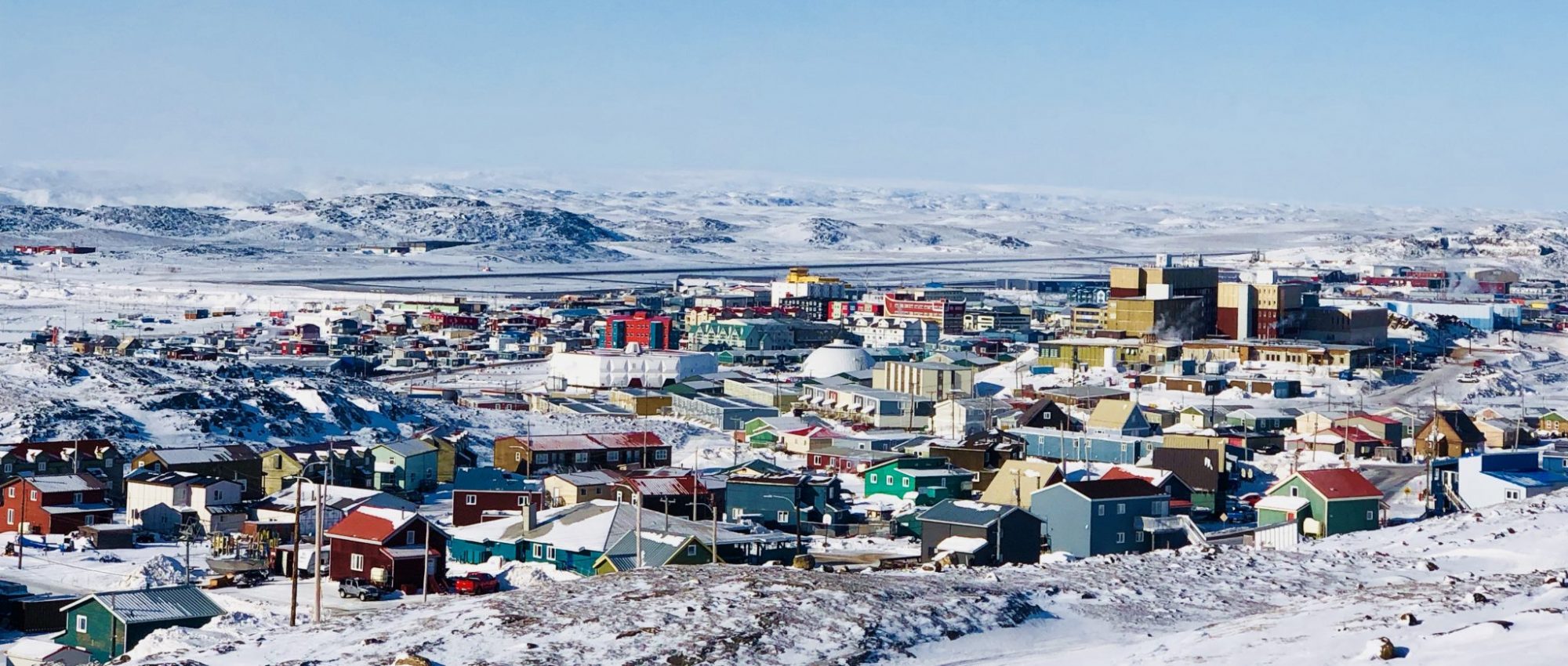Background

Following the global trend towards urbanization, two-thirds of the Arctic’s population is today located in urbanized towns and cities. While Arctic cities may be small compared to their southern counterparts, they often serve as economic and social centers for huge stretches of land where extractive industry, scientific research and indigenous cultural activity meet.
The migration pattern in the Arctic and resulting growth of towns and cities has created excess demand for high-quality housing. In such a cold climate, housing insecurity can largely be invisible but it manifests in overcrowding, informal homelessness and forced outmigration. The social impacts of housing shortages include mental health struggles, difficulty retaining young people and economic inequality. Many Arctic cities have high indigenous populations, and as such housing access is an issue of indigenous justice.
Challenges
- Existing Housing Stock – The housing stock is largely made up of homes better suited for southern latitudes paid for by national organizations and governments unfamiliar with the region’s climate-specific housing needs. These structures are often energy inefficient, forcing people to use heating methods which worsen air quality and lead to negative health outcomes.
- Construction Costs – Extreme winters and remote geographies make importing materials & labor difficult and shorten the building season. It is more difficult and expensive to build new homes in the Arctic than other regions.
- Environmental Threats – Melting permafrost and cold temperatures can damage housing and shorten the lifespan of new infrastructure. Climate change can also force entire built towns and cities to relocate, which you can read more about here.
Case Study: Housing Crisis in Iqaluit

Iqaluit became the capital of Nunavut province 17 years ago in an effort by the Canadian government to increase indigenous self government. Since then Iqaluit’s population has more than doubled to approximately 8,000, and about half of the town’s population is indigenous.

The area faces significant challenges increasing its housing stock to meet the needs of the growing population because it has no road or regular shipping connection to other parts of Canada. As a result, construction costs in the area are 3x greater than in more southern Canadian regions. Additionally, environmental changes pose a threat to the city’s existing housing and infrastructure of an estimated $1 billion. Read more about climate threats to the Arctic region here.
There is a severe housing shortage in Iqaluit with a 3,000 unit gap between what is needed and what is available. The failure of the private market to create housing and the area’s high poverty level makes the Local Housing Authority the main housing provider. Nunavut spends 13x more on housing than other provinces on average. 52% of people in Nunavut live in government-provided housing, and 38% of those tenants live in overcrowded conditions.
The Nunavut Climate Change Partnership was founded in 2008 as a climate mitigation collaborative between the province government, indigenous groups, and development/natural resource agencies. The organization has created climate adaptation plans for Iqaluit and other towns in the province. the plans incorporate indigenous knowledge to make suggestions for protecting the existing housing stock and building future homes with longer lifespans. They continue to engage in research on the region’s housing infrastructure.
Presentation
To learn more about the Arctic Housing Crisis I invite you to watch my presentation which covers the challenges above as well as my proposed solutions including:
-
- Greater Arctic Council engagement and funding support from the A8 for the Arctic Mayors Forum and town/city level governance. Arctic policy decisions are often made hundreds of miles away from communities themselves, despite local government’s close connection to Arctic constituents and their needs.
- The Arctic Mayors Forum allows cross-national collaboration between Arctic cities facing similar climate challenges and could be given Permanent Observer status at the Arctic Council.
- Honor indigenous housing practices and knowledge. Traditional homes successfully sheltered and protected indigenous people from the cold for centuries. Taking these practices into account in building new homes can reduce costs, improve energy efficiency and reduce poor health outcomes. Organizations like the Cold Climate Housing Research Center are engaged in research on building homes using knowledge sharing practices and training indigenous communities to build a high-skill local construction workforce.
- Greater Arctic Council engagement and funding support from the A8 for the Arctic Mayors Forum and town/city level governance. Arctic policy decisions are often made hundreds of miles away from communities themselves, despite local government’s close connection to Arctic constituents and their needs.
[ensemblevideo version=”5.6.0″ content_type=”video” id=”abc478ef-7654-44b9-b732-934ebf914c91″ width=”848″ height=”480″ displaytitle=”true” autoplay=”false” showcaptions=”false” hidecontrols=”true” displaysharing=”false” displaycaptionsearch=”true” displayattachments=”true” audiopreviewimage=”true” isaudio=”false” displaylinks=”true” displaymetadata=”false” displaydateproduced=”true” displayembedcode=”false” displaydownloadicon=”false” displayviewersreport=”false” embedasthumbnail=”false” displayaxdxs=”false” embedtype=”responsive” forceembedtype=”false” name=”Emilia Majersik Arctic Housing Crisis”]
